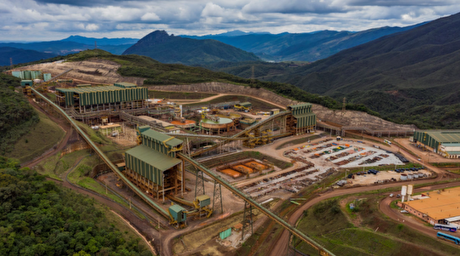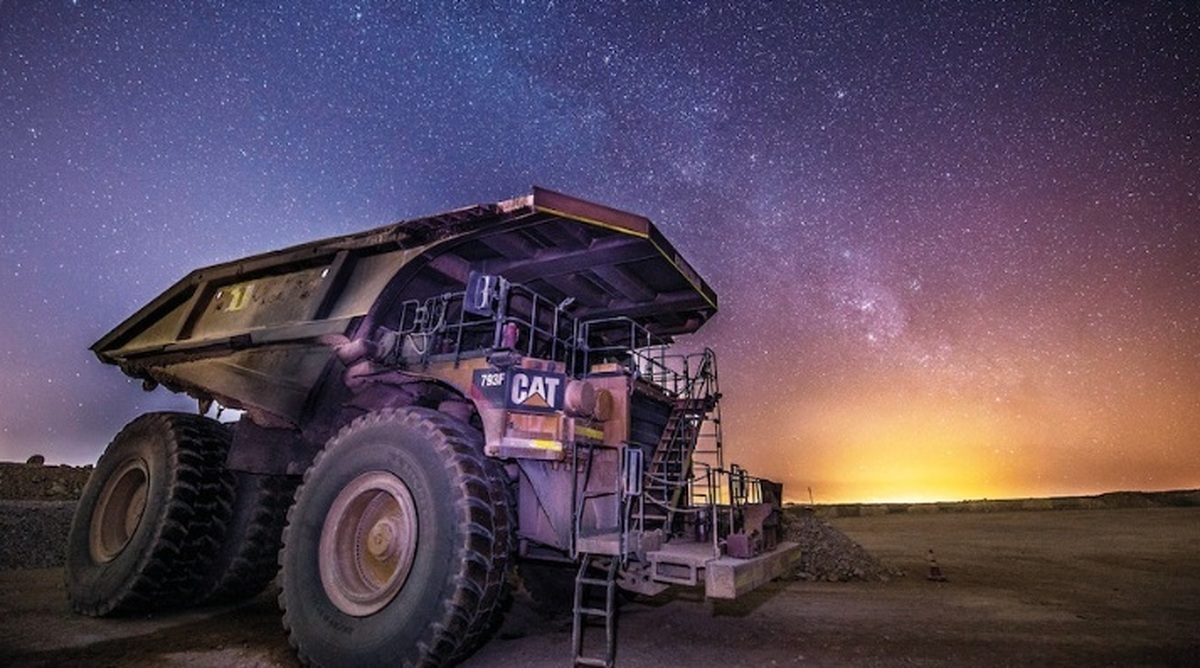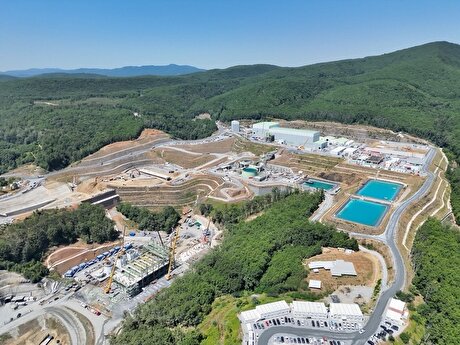
Chile’s Codelco ditches ‘green copper’ push, eyes wider mine clean-up in two years

The project has run aground however, Codelco insiders and an executive said, as the miner realized it would struggle to guarantee its copper’s sustainability once it left the mine to be melted down and taken to market. Without that, traders said, higher prices were unjustifiable.
Now, the world’s largest miner of the prized red metal told Reuters it would drop the “green copper” plan piloted in one of its smaller mines in favour of a broader initiative to make its product more sustainable.
The move by the influential copper giant could, if successful, pave the way for more significant industry-wide sustainability standards for the historically high-polluting copper mining trade, analysts said.
The world’s largest copper miner will would drop the “green copper” plan piloted in one of its smaller mines, in favour of a broader initiative to make its product more sustainable
But the failure with more ambitious “green copper” also represents something of a setback for Codelco, which is already struggling with ageing mines and lower copper prices due to the U.S.-China trade war.
Jorge Sanhueza, Codelco’s newly minted chief of climate change and traceable copper, told Reuters in an exclusive interview at the firm’s Santiago headquarters that it would instead seek to ensure that all its production, upwards of 1.7 million tons a year, could be tracked and measured for sustainability within two years.
“We have to get the deadlines approved by the board of directors but this is more ambitious than what we had before,” said Sanhueza.
Codelco’s latest bid to ride the sustainable wave comes just weeks before Chile is due to host the United Nations’ annual environmental summit, COP25, in December. Codelco did not disclose the estimated cost of the effort.
Heavy industry globally and the South American nation’s miners particularly are under pressure from governments and environmental groups to cut carbon emissions and make operations less resource-hungry.
Customers are also demanding products with a lower carbon footprint as scientific evidence mounts that emissions are driving climate change.
Not worrying about price – for now
A source linked to Codelco’s commercial strategy said that the original plan had been to sell the “green copper” at a higher price, but that initiative was shelved.
Copper traders told Reuters that Codelco had struggled to be able to certify its copper as traceable because once the ore left the mine, it still had to be driven to its markets, and transformed into cathodes in smelters largely powered by coal.
“Since there was no approved, industry-wide methodology (for sustainability) we were not willing to pay more for this copper,” one trader, who asked for anonymity so as not to affect his commercial relationship with the firm, said. “That is why Codelco had to continue selling its copper without attracting a premium.”
Sanhueza confirmed Codelco would set aside price differentiation for now.
“We’ve refocused to an extent to be able to make a reality the issue of traceability within the short term and from that point move towards a copper which is produced with a lower carbon footprint and social cost,” he said.
Ahead of their time
Rachael Bartels, a senior managing director at consultancy firm Accenture, said Codelco was “ahead of their time” with its initiative at the one small mine but the company’s eagerness could still give it an advantage.
“You need a tipping point and we’re not quite there yet,” she told Reuters in London.
Codelco is building a $1bn desalination plant to supply its operations in the north of the country, and assessing its energy contracts for ways to strip carbon emissions from them
“They may not get a premium for it, but they may become the preferred supplier.”
To “trace” its copper, the company has set 75 parameters including water and clean energy use, gender equality and compliance with international labor regulations. As there is at present no international benchmark for sustainable production of copper, it reviewed standards for other products such as aluminum and used guidelines from the industry-funded International Copper Association (ICA), Sanhueza said.
Codelco is building a $1 billion desalination plant to supply its operations in the north of the country, and assessing its energy contracts for ways to strip carbon emissions from them, albeit without a set deadline to migrate completely to clean energies, Sanhueza said.
“The good news is that one way or another, Codelco’s contracts are going to be decarbonized,” he said.
The state-owned miner faces another challenge to improve water recycling levels in its production processes. Although some of its mines in Chile’s north have rates of almost 90%, that drops to 54% and 62% in its key Andina and El Teniente mines.
As well as its internal targets, Codelco and other miners have been told by government to provide concrete plans to cut emissions before the spotlight of COP25 arrives.
In recent weeks there has been a flurry of announcements. BHP Group Ltd has said that the world’s largest copper mine, Escondida, will be run entirely on renewable energy while Anglo American Plc and French utility Engie have unveiled plans for hydrogen-powered lorries.
Juan Carlos Guajardo, head of Santiago consultancy Plusmining, said Codelco’s adventures in green copper highlighted that the industry was still grappling with sustainability best-practice.
“I still don’t see a standard in place,” he said.


First Quantum scores $1B streaming deal with Royal Gold
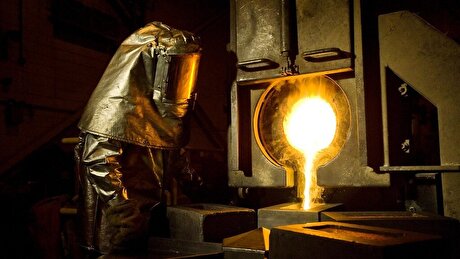
Newmont nets $100M payment related Akyem mine sale

Caterpillar sees US tariff hit of up to $1.5 billion this year
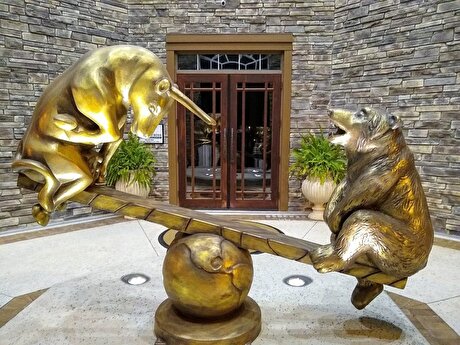
Gold price rebounds nearly 2% on US payrolls data

Goldman told clients to go long copper a day before price plunge

Australia pledges $87M to rescue Trafigura’s Nyrstar smelters in critical minerals push

Copper price posts second weekly drop after Trump’s tariff surprise
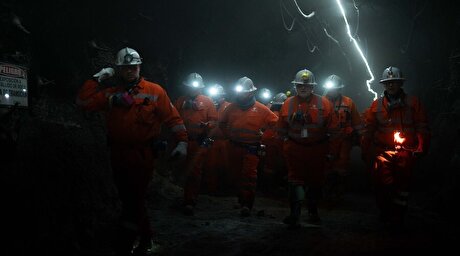
One dead, five missing after collapse at Chile copper mine
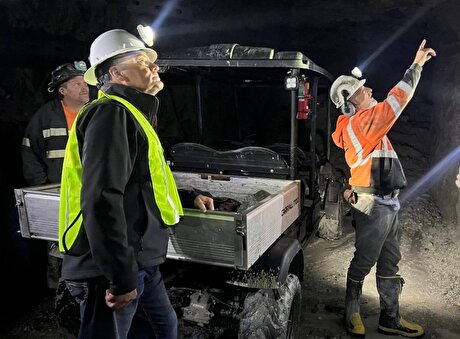
Idaho Strategic rises on gold property acquisition from Hecla

Century Aluminum to invest $50M in Mt. Holly smelter restart in South Carolina
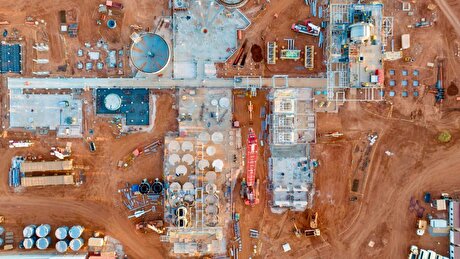
Australia to invest $33 million to boost Liontown’s Kathleen lithium operations
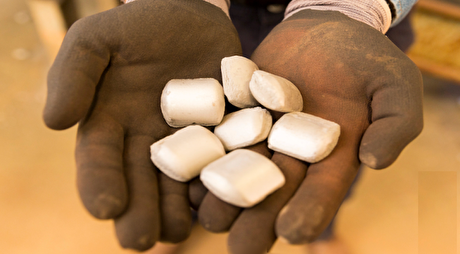
Glencore warns of cobalt surplus amid DRC export ban
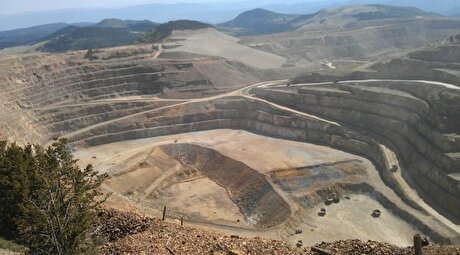
SSR Mining soars on Q2 earnings beat

A Danieli greenfield project for competitive, quality rebar production

China limits supply of critical minerals to US defense sector: WSJ
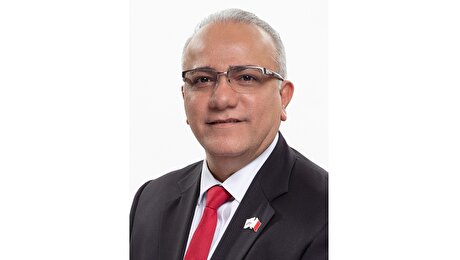
Alba Hits 38 Million Safe Working Hours Without LTI
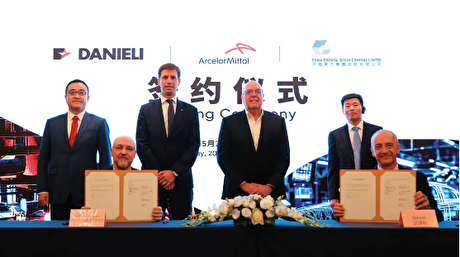
Advanced cold-rolled strip for China’s New Energy Vehicle market

Codelco seeks restart at Chilean copper mine after collapse

US slaps tariffs on 1-kg, 100-oz gold bars: Financial Times

Australia to invest $33 million to boost Liontown’s Kathleen lithium operations

Glencore warns of cobalt surplus amid DRC export ban

SSR Mining soars on Q2 earnings beat

A Danieli greenfield project for competitive, quality rebar production

China limits supply of critical minerals to US defense sector: WSJ

Alba Hits 38 Million Safe Working Hours Without LTI

Advanced cold-rolled strip for China’s New Energy Vehicle market

Codelco seeks restart at Chilean copper mine after collapse

US slaps tariffs on 1-kg, 100-oz gold bars: Financial Times
